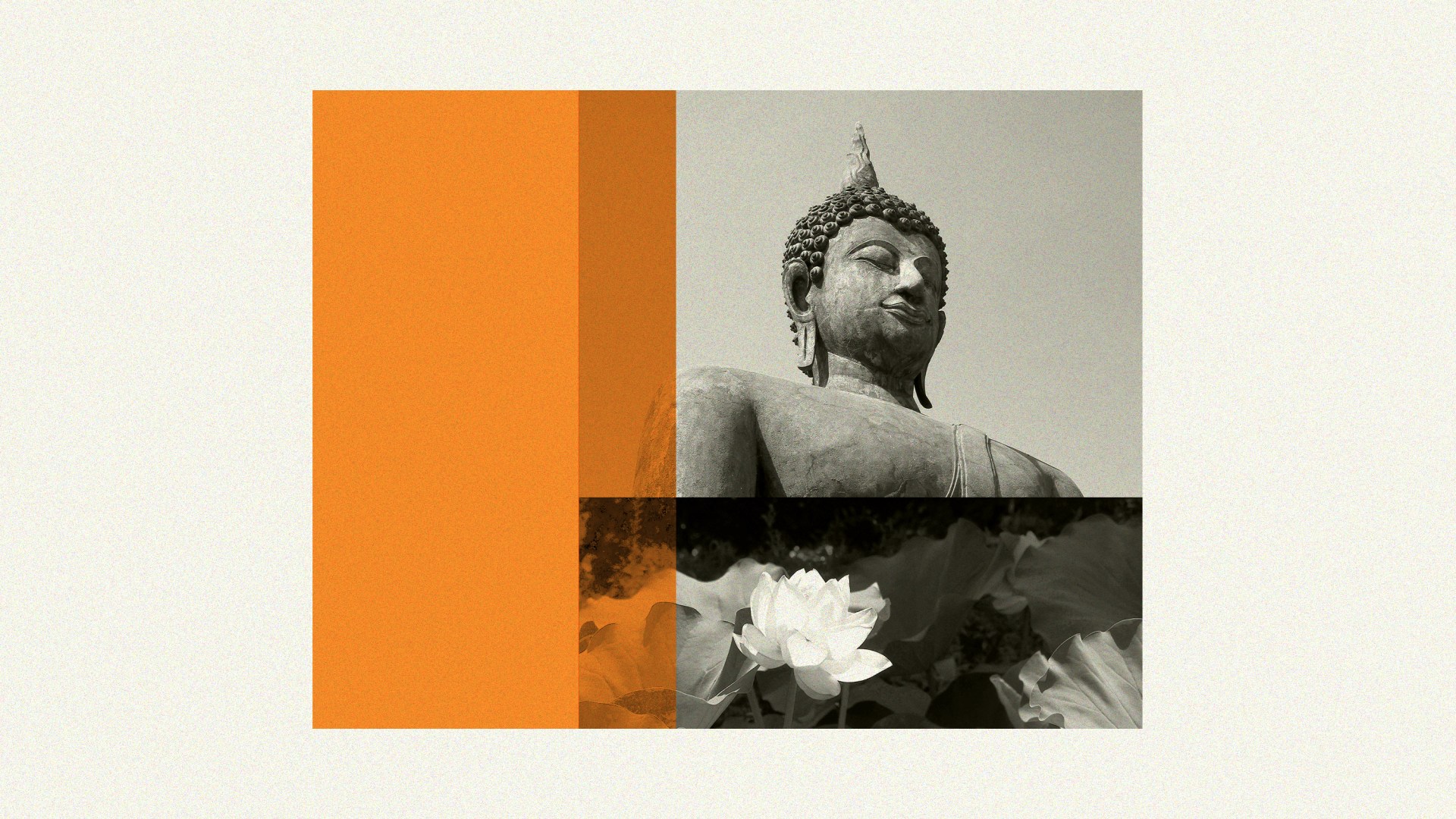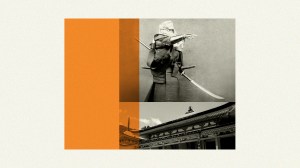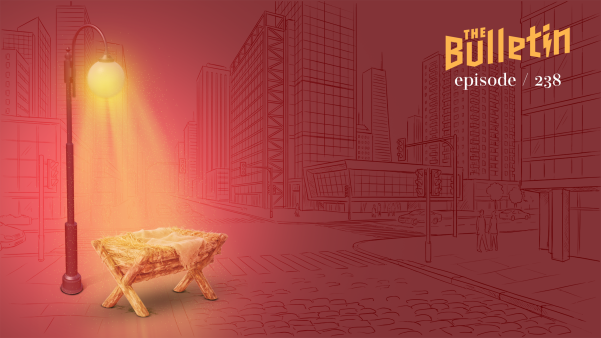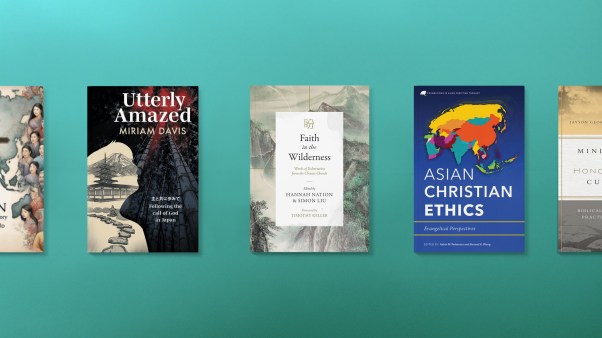In this series
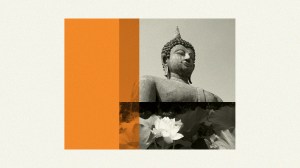
Buddhism benefits from a superb public image in America, judging by the comments students offered during the eight years I taught a class called Journalism and Religion at the University of Texas at Austin. They described Buddhism as “peace, love, and goodness. Very calm. Super chilled out. Centered. Nonviolent.”
CT’s foray into Jewish history last month looked at Orthodox Judaism, the oldest of the three main schools of American Judaism. To go deeper into Buddhism, we should examine the older of the two main schools, Theravada Buddhism, which has one of its major festivals today, July 10. Asalha Puja, known also as Dharma Day, commemorates the first sermon by Siddhartha Gautama, known as Buddha (“enlightened one”). He spoke to 5 people. Now Buddhists may number more than 1 billion.
Buddha’s sermon is a good place to start, because classic Buddhism, like Christianity, centers on the life of one person. Siddhartha Gautama, born near the border of present-day India and Nepal, lived sometime in the sixth and fifth centuries BC (his followers disagree on the dates). The standard story is that Siddhartha’s parents were the king and queen of the Shakya kingdom, one of many Indian principalities. (Others, though, say that the Shakyas had no king but were ruled by an oligarchic council of elders.)
According to legend, Siddhartha’s mother dreamed the night before his birth that an elephant carrying a lotus flower in its trunk entered her womb through the right side of her body, signifying that the child would be great. Soon after birth, the infant Siddhartha purportedly walked seven steps in each of the four directions. Lotus flowers sprouted where his feet touched the earth, and the baby announced, “No further births have I to endure, for this is my last body. Now shall I destroy and pluck out by the roots the sorrow that is caused by birth and death.”
The story is that Siddhartha lived in great luxury and wealth and that his father, King Śuddhodana, tried so hard to keep him from being upset that when Siddhartha went out for a walk, the king employed smiling people to fill the path. Buddha later said of his childhood, “I was delicately nurtured. … I had three palaces: one for winter, one for summer and one for the rainy season, [where] during the four months of the rains, entertained only by female musicians, I did not come down from the palace.”
When he was 29, though, sheltered Siddhartha saw “a sick man, suffering and very ill, fallen and weltering in his own excreta.” Agitated upon seeing a dead body, he viewed a wandering monk serene in the face of such misery. Siddhartha wanted to be like him and made the Great Renunciation: “Give up the princely life and become a wandering ascetic.”
He immediately left his wife and infant son and headed south to centers of spiritual discipline. Siddhartha hopped from teacher to teacher, unsatisfied, and almost starved himself over the next six years: “All my limbs became like some withered creepers with knotted joints … the skin of my belly came to be cleaving to my backbone.” He became so weak that he saw he could not gain enlightenment that way and started taking care of himself.
Within the traditional Buddhist story, then came a night when Siddhartha sat at the base of a tree and liberated his mind by realizing what he called the Four Noble Truths: Life is suffering. Suffering is caused by our attachments to the world and people around us. We end suffering by developing nonattachment to anything and anyone. We advance our consciousness by taking the Noble Eightfold Path.
That path includes a lot of “thou shalt nots.” No lies, abusive or divisive speech, idle chatter. No killing or injuring, stealing, engaging in sexual misconduct. No trading in weapons, slaves, meat, liquor, poisons. It also includes “thou shalts”: Resolve to leave home and renounce worldliness. Avoid unwholesome environments and situations. Monitor your thoughts. Meditate.
Dharma Day celebrates the first time Buddha communicated those Four Noble Truths that together make up dharma, the ethical standard for Buddhists. His sermon is the Buddhist equivalent of the Sermon on the Mount—except that while Jesus spoke of those who are blessed, Buddha emphasized the bad news: “Birth is stressful, aging is stressful, death is stressful; sorrow, lamentation, pain, distress, & despair are stressful; association with the unbeloved is stressful, separation from the loved is stressful, not getting what is wanted is stressful.”
The only way out is “renunciation, relinquishment, release.” Buddha spent the next 45 years of his life traveling on foot through Northern India and preaching about avoiding fleshly delights. In that way, Buddhism is the opposite of Islam, which emphasizes the physical world. And yet we do have to eat to live, so part of celebrating Dharma Day is eating simple food—traditionally laba congee, porridge with rice.
Shortly before death, when asked who would succeed him as the authority concerning matters of doctrine, Buddha replied that each individual’s sense of dharma—the cosmic law underlying all existence—should rule. Buddhism thus became more a general philosophy than a fixed doctrine.
It’s hard to know in Buddhist teaching what authentically came from Buddha. He had many disciples and a large following, but his words were not written down until about 250 years later. And then the writing went on and on. The scriptures of one of the two main divisions of Buddhism, Theravada, are 11 times longer than the Bible. The scriptures of the other main division, Mahayana, are more numerous still, encompassing more than 5,000 volumes.
This means no one can carry all of Buddhist scripture to temple worship as many Christians carry the Bible to church. Sects typically emphasize favorite sutras (writings) and downplay others. Moreover, various Buddhist leaders quarrel about even the core teachings of their faith. Individual teachers have great latitude to shape their particular kinds of Buddhism. They sometimes become heated in criticizing other Buddhists.
But with all the battles, the appeal of Buddhism is strong for those who have tasted the world’s pleasures and found them wanting. Buddhism, born and developed in a culture of great poverty and suffering, opposes the greed, hatred, and ignorance that naturally envelop us. And it fits with the spirit of an age in which many think we humans can turn ourselves into wise beings without needing God.

